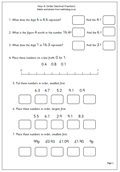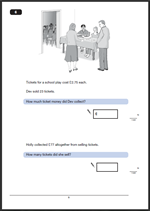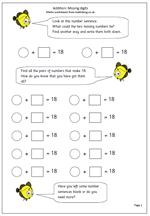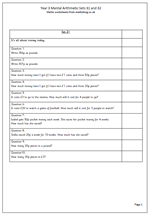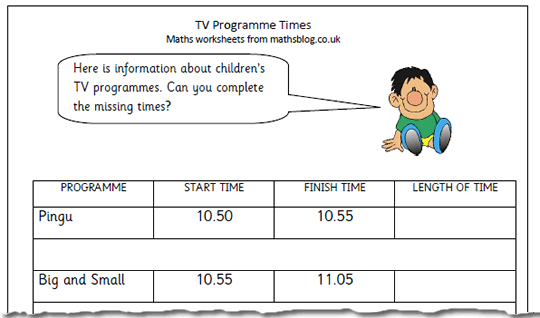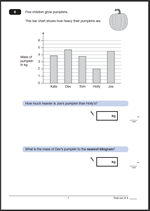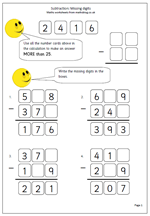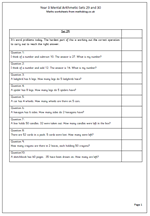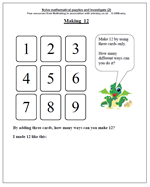 This week’s mental arithmetic for year 3 looks at place value, number sequences and patterns as well as some quick addition.
This week’s mental arithmetic for year 3 looks at place value, number sequences and patterns as well as some quick addition.
One of the early questions asks what’s the largest number that can be made from the digits 2, 5 and 4. This is partly an ordering skill, making sure the largest digit is in the hundreds, second largest in the tens and smallest in the units. Some children find it quite difficult to retain three digits in their head and then manipulate them.
To find the next number in a sequence requires several skills. Firstly to listen carefully to the numbers, then to work out the pattern or rule and as to what is happening from one number to the next and thirdly to work out what the next number will be. These questions are kept at a fairly simple level and are all addition patterns.
There are also a couple of ‘odd number’ questions to check that children know about odd numbers.
